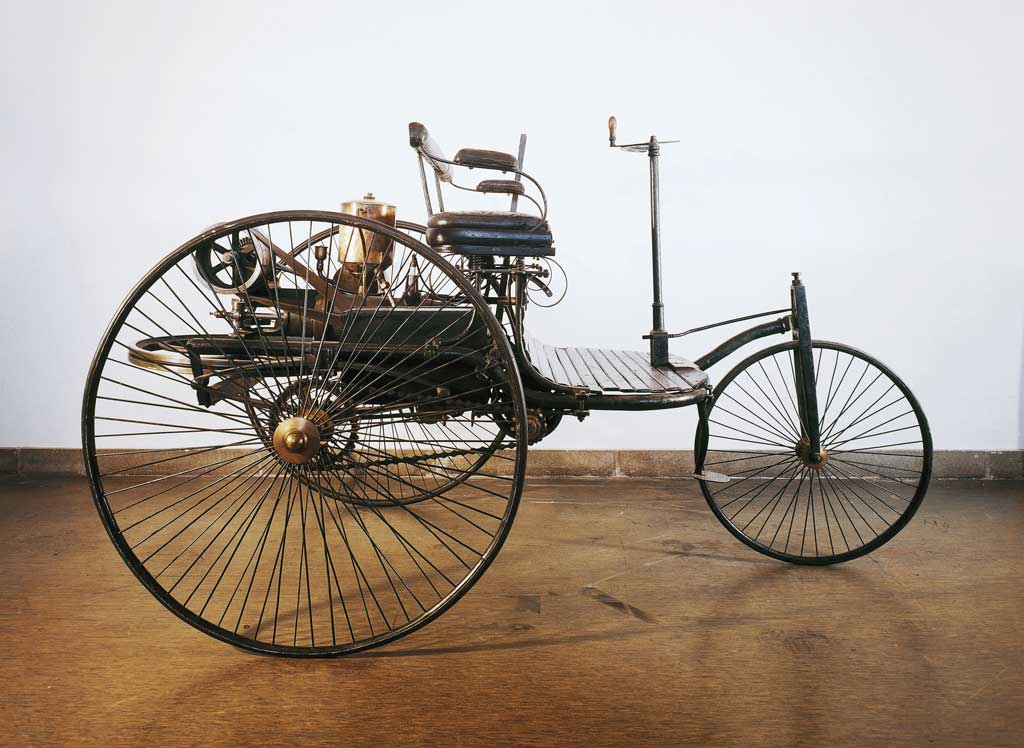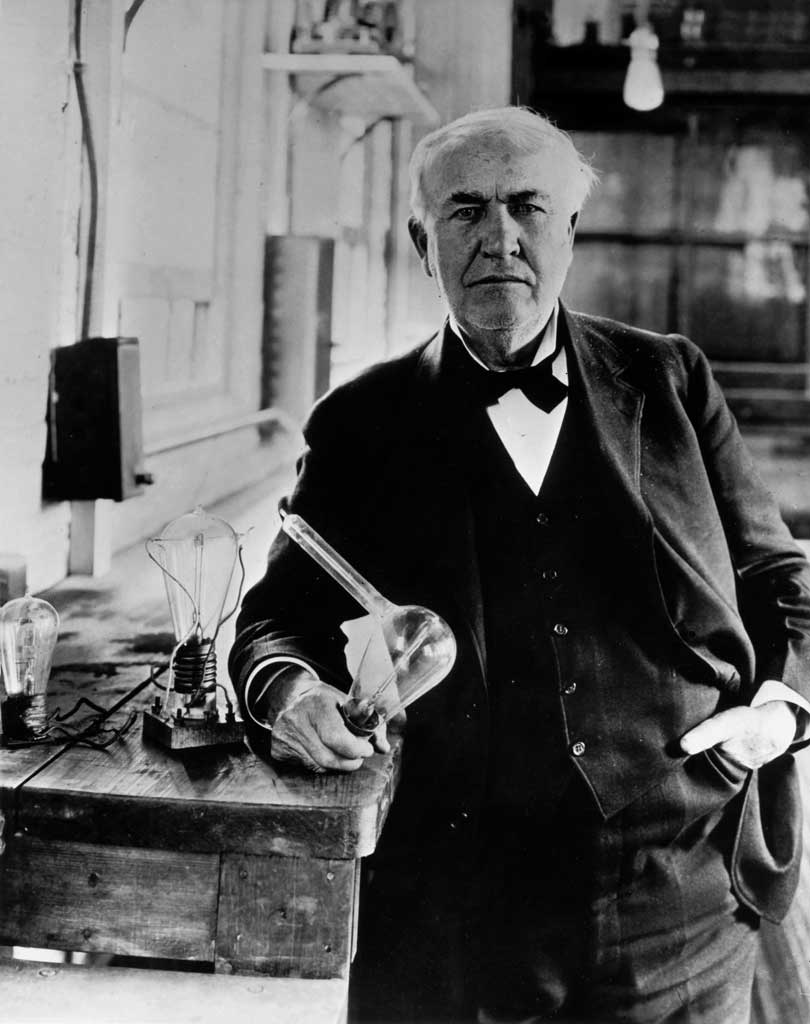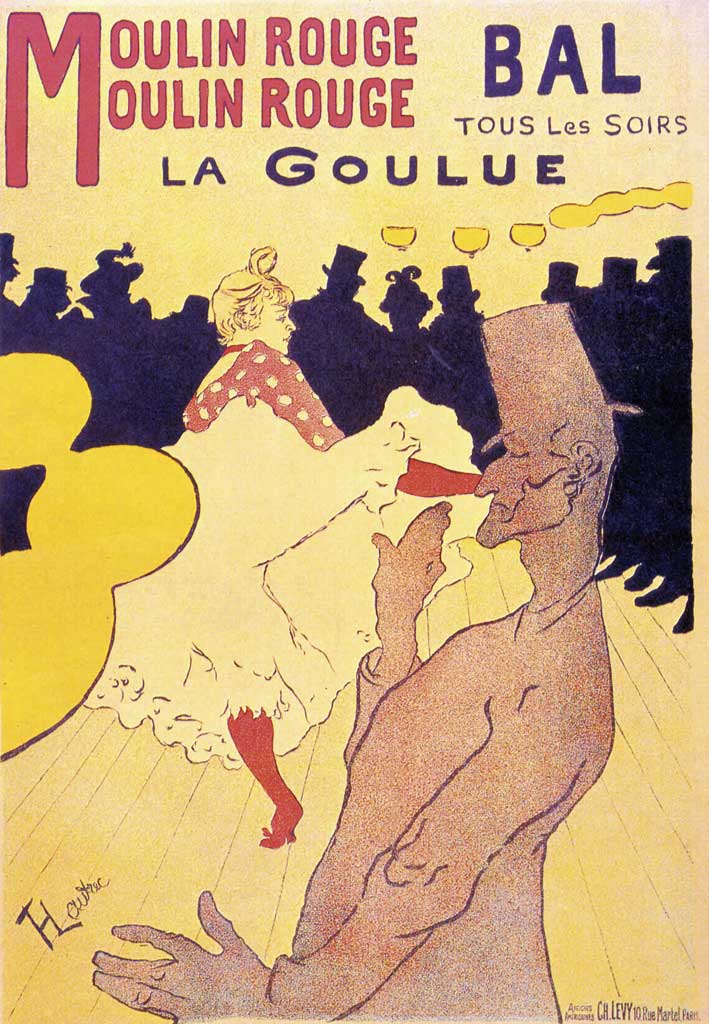We use cookies to improve and analyse your browsing experience on our web. You can accept these cookies, reject them or choose your settings by clicking on the corresponding buttons. Please note that rejecting cookies may affect your browsing experience. For more information you can consult our Cookies policy.
Cookies are an essential part of how our web works. The main goal of cookies is to make your browsing experience more comfortable and efficient and to improve our services and the web itself.
Here you can find all the information about the cookies we use and you can activate and/or deactivate them according to your preferences, except for those cookies that are strictly necessary for the operation of the web. Blocking some cookies may affect your experience on the web and how the site works. For more information you can visit our Cookie Policy.
These Cookies are necessary for the web to function and cannot be disabled on our systems. They are generally only set up in response to actions you may take such as requesting services, setting your privacy preferences, logging in or completing forms. You can set your browser to block or warn you about these cookies, but some parts of the web will not work. Information about Cookies.
These Cookies allow us to count the number of visits and traffic sources so that we can measure and improve the performance of our site. They help us to find out which pages are the most popular and least popular, and to see how visitors move around the web. All information collected by these Cookies is aggregated and therefore anonymous. If you do not allow these Cookies we will not know when you visited our web. Information about Cookies.
These cookies are used to analyse your activity in order to show you personalised advertisements.Information about Cookies.
Change theme

Revision mode

Inventions (1870–1914)
During the technological revolution, there were many inventions, applied in all areas of everyday life.
New sources of finance
In order to be able to set up, renovate or maintain a factory, business owners had to find new sources of finance.
New business structures
Businesses joined to become associations in order to reduce competition, by limiting production, establishing fixed prices and dividing the market between them. They included the following structures.

New technological advances
Great technological advances and their application to industry, led to an increase in production and industrial development.
One of the most significant innovations was the improvement of the Bessemer converter. This helped lower the cost of producing steel, which was an important material for railways, cars and skyscrapers.
Other important innovations and inventions of this era include dynamite, stainless steel, and artificial fibres, such as artificial silk made from cellulose, which revolutionised the textile industry.

New sources of energy
In addition to coal and gas, which were important sources of energy in the First Industrial Revolution, electricity and oil were new sources of energy.
New industries
One of the most important new industries was the electricity industry, which produced equipment such as cables, bulbs and lamps. The German companies AEG and Siemens were established during this period.
Other important industries included the food industry, which preserved food in metal tins; the chemical industry, which manufactured a diversity of products, such as perfume, dynamite and medicine; and the automobile industry: Henry Ford began the mass production of cars with the Model T. Consumer goods industries were also established, which produced goods for direct consumption by the public, such as food, cosmetics, medicines, footwear and clothing.
Uses of petroleum

The origin of design
Design was born in the 19th century as a consequence of industrialisation. Its objective was to create useful, attractive objects that could be manufactured in large quantities. Industrial design was used in many different industries, such as the car industry, the textile industry (clothes) and the media industry (magazines and posters).
Graphic design was particularly important in the development of advertising.
The organisation of work
The organisation of work changed and the assembly line developed: each worker specialised in a specific task, such as placing a nut and screwing a nut. This saved time and meant more products could be manufactured. Henry Ford was the first to use the assembly line in his car manufacturing company, the Ford Motor Company, in 1913.
The birth of the consumer society
The consumer society developed due to the increase in production. It led to a new way of thinking; people began to value material well-being highly.
Companies used advertising to tell people about their products, in order to sell everything they produced to avoid an accumulation of unsold products. This was particularly important in the consumer goods industries, such as the food, textiles, footwear, electricity, chemical and car industries.
Economic crisis and cycles
Economic crises arose from the excess of products that the market could not consume, which resulted in an imbalance between supply and demand. Cycles of economic growth followed by crisis became a characteristic feature of capitalism.
The evolution of the economic cycle
An economic cycle is made up of different stages.

|
THE GROWTH OF INTERNATIONAL TRADE
|
Activity 1
Remember
Activity 2
What new industries were established during the Second Industrial Revolution?
Activity 3
Understand
Activity 4
What is the relationship between the increase in production and the creation of new sources of finance?
Activity 5
Why did companies join together? Describe the different types of companies.
Activity 6
Apply
Activity 7
Evaluate
Activity 8
Create
Activity 9
Remember
Activity 10
Define the term assembly line.
Activity 11
Understand
Activity 12
Explain the difference between crisis and depression.
Activity 13
In what stage of the economic cycle is there mass unemployment? Explain why.
Activity 14
Why did international trade increase? What were the consequences?
Activity 15
Analyse
Activity 16
Evaluate

